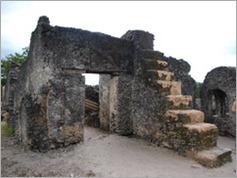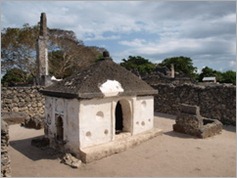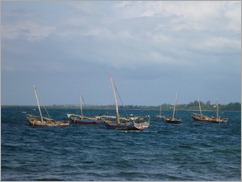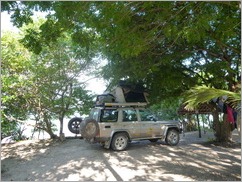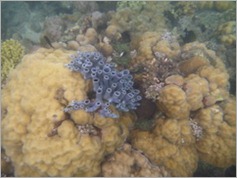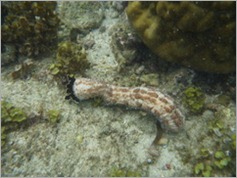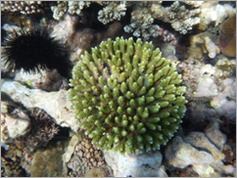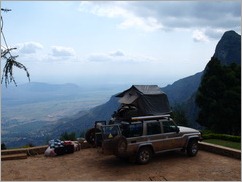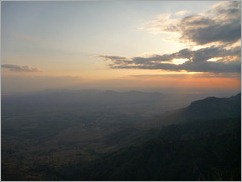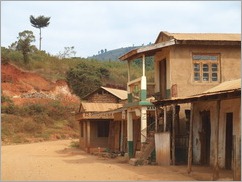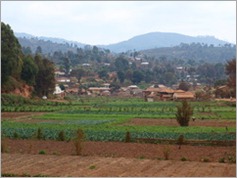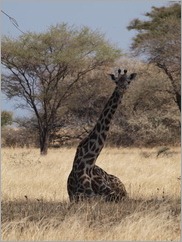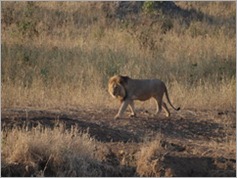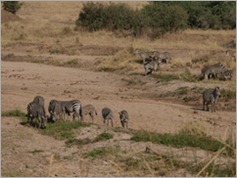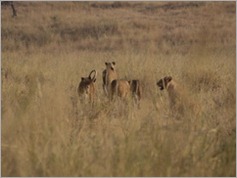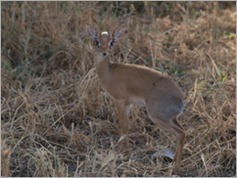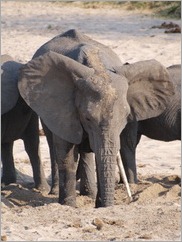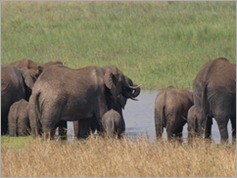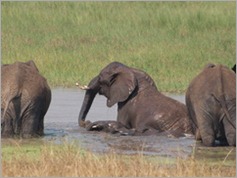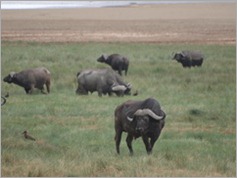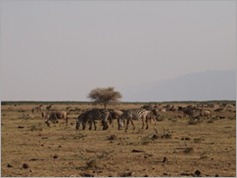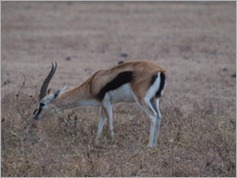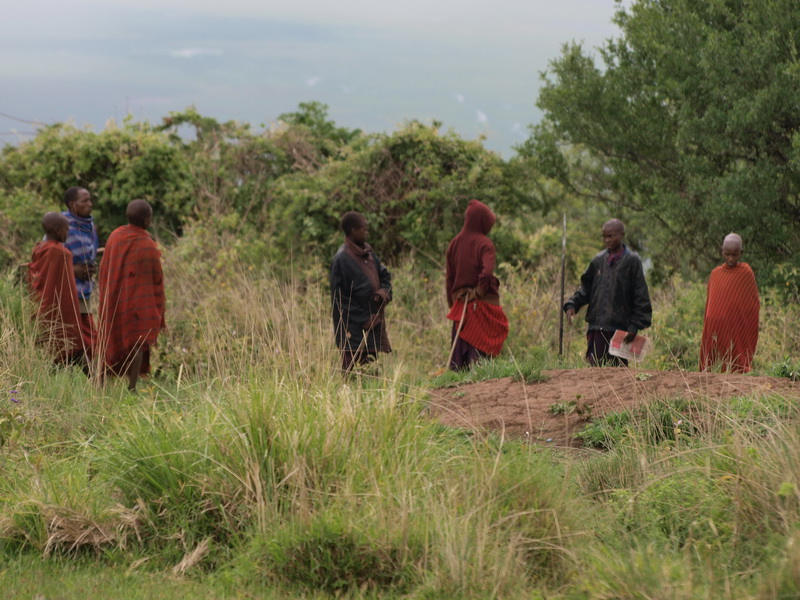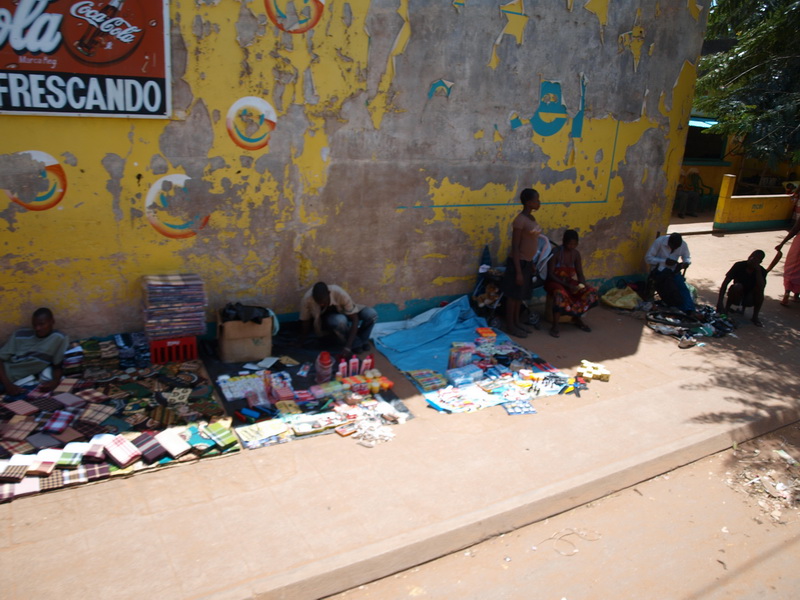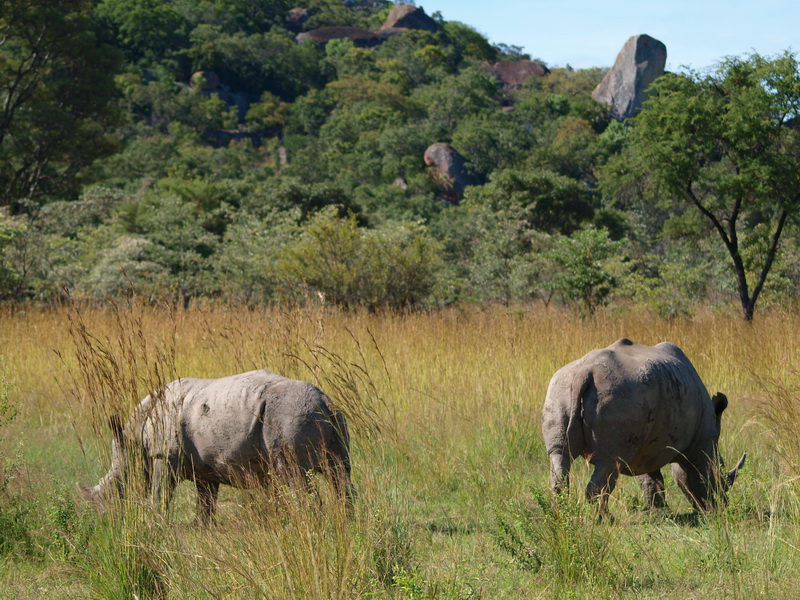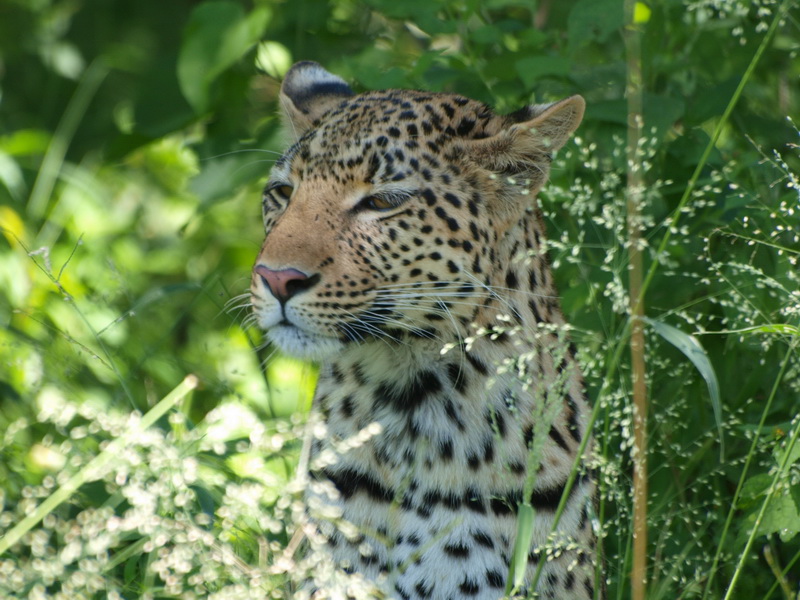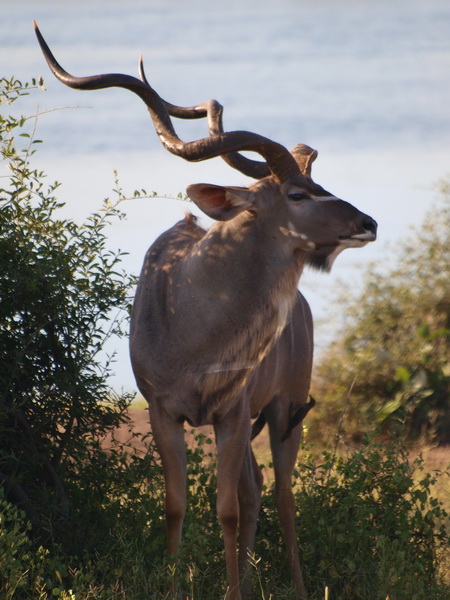Before we left the civilisation of Dar Es Salaam we had a few errands to complete. First on the list was to fill our gas bottles which we had not been able to fill since Maun in Botswana. Tracks 4 Africa had a place on it called “Chiku’s Gas Refills of All Major” in the middle of the city, so we headed for there. They were able to fill the bottles for us but it would take an hour so we left the bottles and headed for the book store. (For other travellers, they could fill Cadac gas but could not fill Oryx bottles even though they seemed to sell them). We found a book that covered the animals of East Africa, another success. On the footpath just down from the gas place there were a number of fruit and vegetable sellers so more shopping to be done. One seller had most of the things we needed so I asked him how much his carrots were. His first price was way too expensive so I told him I would not pay Mzungu (white person) prices only Mafrica prices and that I knew how much things cost. He had a bit of a chuckle and we agreed on half his original price and form then on his prices were reasonable. For $5 I bought a kilo each of carrots, onions, tomatoes, potatoes and zucchini (the zucchini though I think was too expensive from another seller but they were fresh and we had not had any for ages). The fruit and vegetables from the roadside sellers are definitely much fresher and cheaper than the supermarkets. Shoprite was our last stop for a final stock up before leaving the city.
Bagomoyo is only a short drive from Dar Es Salaam so it was a pretty easy day. Just south of Bagomoyo are the Kaole Ruins. The ruins consist of a number of graves, a mosque and the site of an old port which is now just mangroves. The ruins at Kilwa are far more impressive and extensive than the Kaole ones, although if you are heading that way they are worth a quick visit.
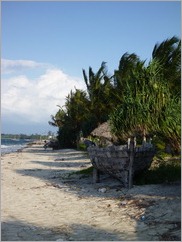 We drove through the old town which has a number of carved doors like the ones in Stone Town in Zanzibar. There is also a large German Boma or administration offices which is currently under restoration. The village itself is a small fishing village. The Catholic Mission has a museum which is worth having a look through. It provides some history on Bagomoyo such as when it was a major trading port of things such as ivory and slaves; when it was the capital of German East Africa; its role in early exploration, including the port that Livingstone’s body was brought to before being shipped to England; and some tribal history.
We drove through the old town which has a number of carved doors like the ones in Stone Town in Zanzibar. There is also a large German Boma or administration offices which is currently under restoration. The village itself is a small fishing village. The Catholic Mission has a museum which is worth having a look through. It provides some history on Bagomoyo such as when it was a major trading port of things such as ivory and slaves; when it was the capital of German East Africa; its role in early exploration, including the port that Livingstone’s body was brought to before being shipped to England; and some tribal history.
Our campsite was at the Travellers Lodge. The lodge itself is quite pleasant with a bar and restaurant and large grassy area to camp on, however at $US12 per person a night surely they could provide more than a dribble of cold water in the shower and some hooks to hang your clothes on? At least the showers and toilets were clean. It was Friday night and I think we had loud music coming from at least 3 different places as we went to bed. Luckily I was really tired so the noise didn’t really bother me. We were both woken at 4.30am though by the call to prayer from the mosque, something I don’t think I will ever get used to even if we do manage to go back to sleep.
